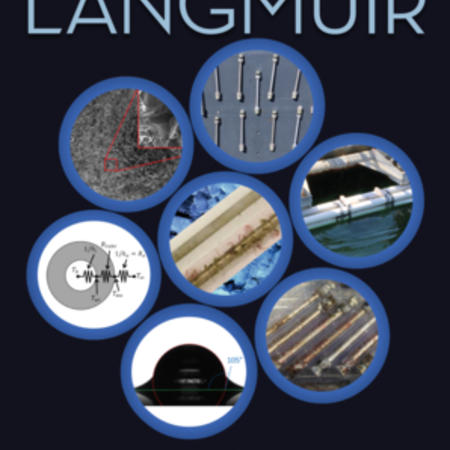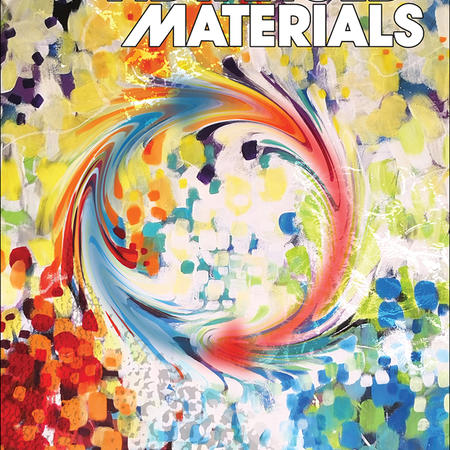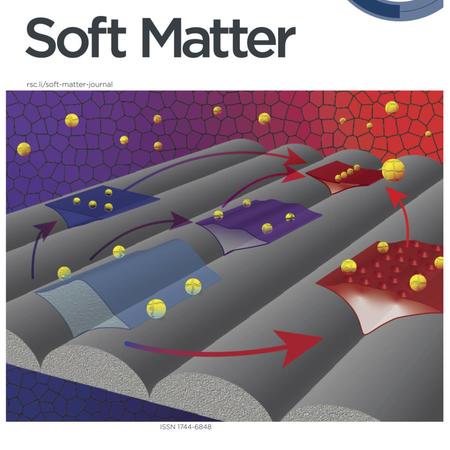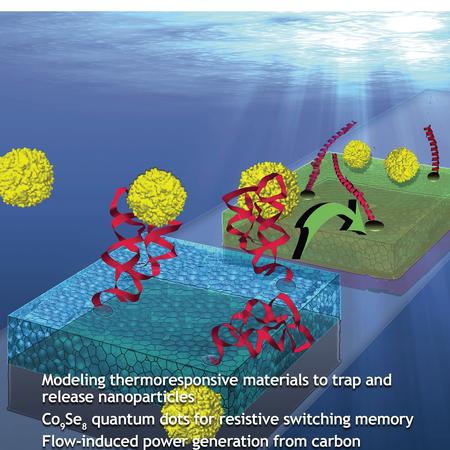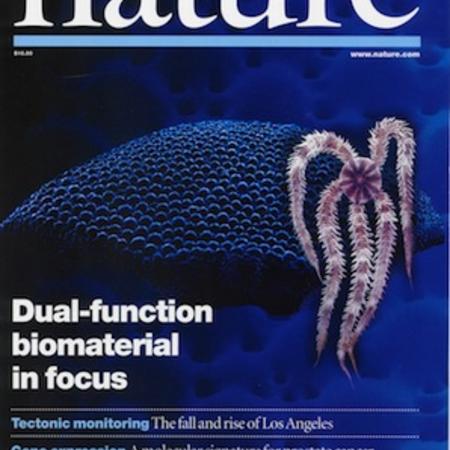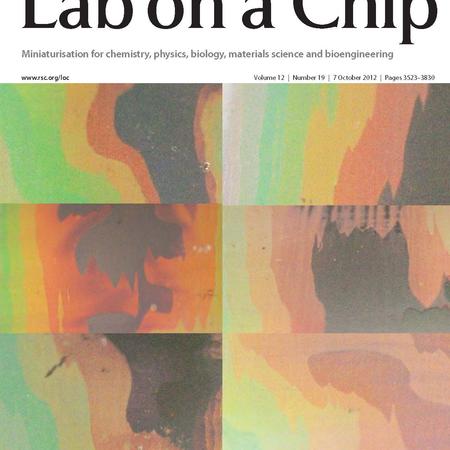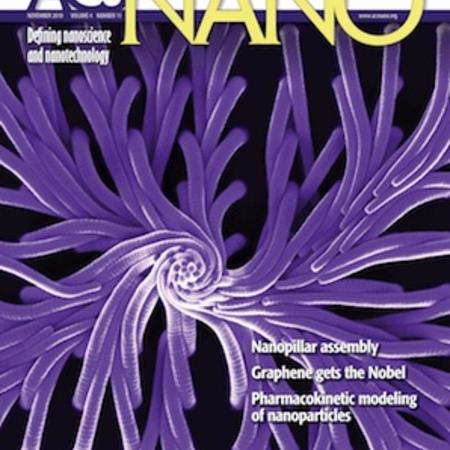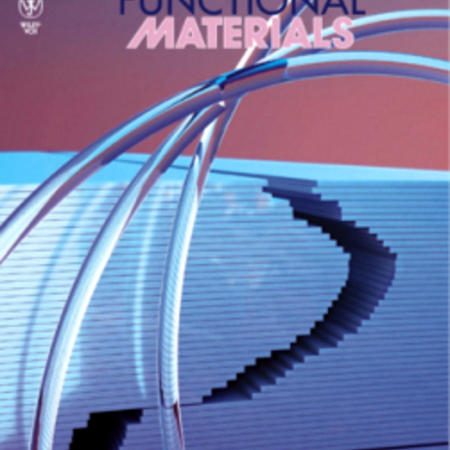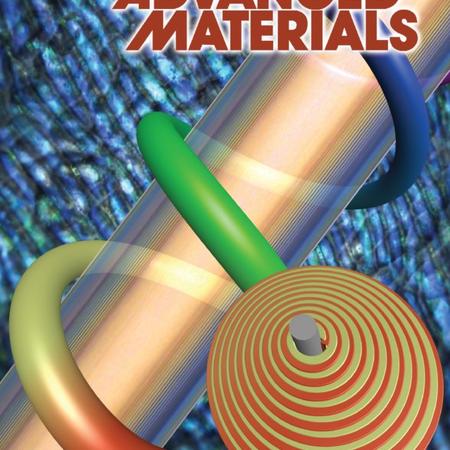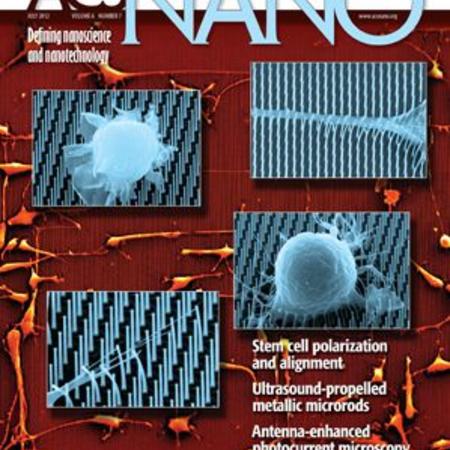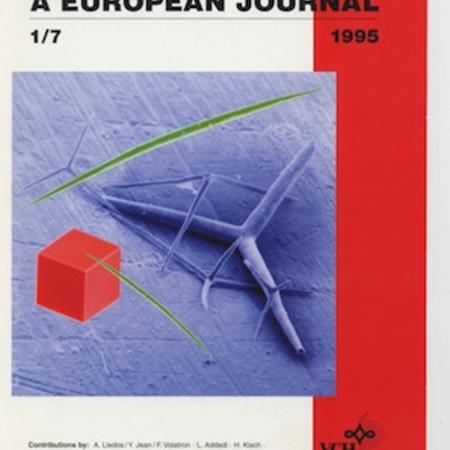Citation:
| pneumatically_adaptive_light_modulation_system_palms_for_buildings_materials_and_design_2018.pdf | 4.52 MB |
Abstract:
This research introduces a novel approach to control light transmittance based on flexible polydimethylsiloxane (PDMS) films that have been plasma-treated such that micro-scale surface features have a visual effect as the film responds to applied strain. The effect is continuously tunable from optically clear (71.5% Transmittance over a 400–900 nm wavelength) to completely diffuse (18.1% T). Changes in the film's optical properties are triggered by bi-axial strains applied using a pneumatic system to form pressurized envelopes. This paper reports on a series of experimental studies and provides system integration research using prototypes, simulations and geometric models to correlate measured optical properties, strain, and global surface curvatures. In conclusion, a design is proposed to integrate PDMS light control within existing building envelopes.
Two alternatives are investigated and compared: System A uses positive pressure featuring an exterior grid to restrain and shape the inflated film during expansion; System B uses negative pressure where the films are shaped according to the geometry of an interstitial grid that serves as a spacer between two film surfaces. Both systems can provide effective control of opacity levels using pneumatic pressure and may be suitable for use with existing glazing systems or ethylene tetrafluoroethylene (ETFE) pneumatic envelopes.
